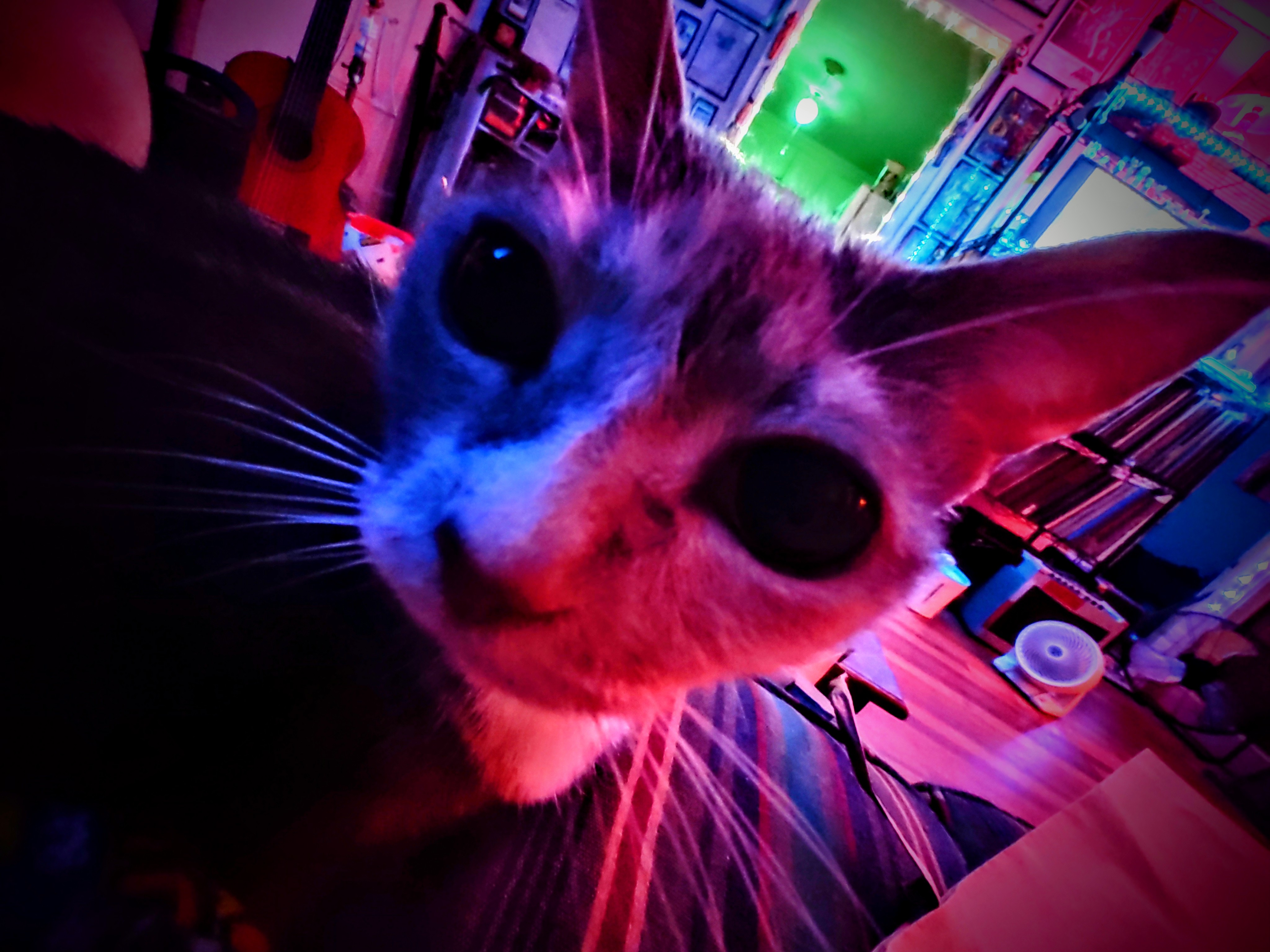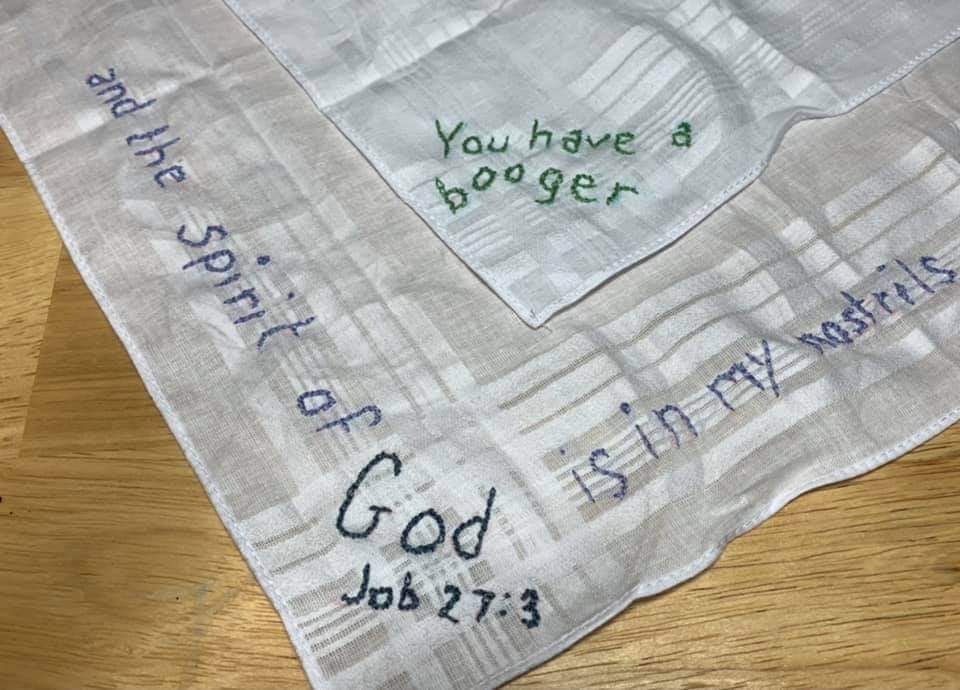After a little over a year of stitching now I still feel like a bit of a noob, but I’m pretty comfortable with the basics. These parts of patterns still give me some problems though!
My strategy is usually to just do all of one color then move on to the next filling in the gaps as I go, but when it gets down to filling individual stitches surrounded by a bunch of finished stitches it gets quite cramped and sometimes those final stitches end up looking pretty rough.
Is there some really obvious method of doing this that I’m missing? Does anyone else use a different approach?
At a glance I thought this was some weird tileset for dwarf fortress lol. Hope you find the help you’re looking for!
Ah, yes, confetti… Such beautiful color effects but such a pain in the ass.
I don’t think there’s any magic trick to them but here’s what I find helps:
- Keeping a good tension in my stitches - not too taut (distorts the grid), not too loose (risk catching).
- Using a blunt needle - I know this is counterintuitive BUT I now have a much easier time stitching “in the holes”. With a pointed sewing needle, I often pushed it between the Aida threads, which then made single wonky stitches very obvious. If all stitches sit neatly in their holes it’s much better!
- Accept that some imperfections will happen. This is a manual skill, it’s part of the fun. And anyway, it will look great from a couple feet away. No one will inspect your stitches as carefully as you do now - and if they do, you have permission to kick them out. ;)
Blithely assume that no one else is going to notice the quality of any individual stitch unless it’s so woefully bad that the issue is visible at arm’s length?
Carefully choose the order in which you do colours to minimize the number of enclosed singletons?
Work with more than one colour and needle at a time, and get loose floss caught in other colours’ stitches at the back?
If anyone has any better suggestions, I’m all ears.
I suspected multiple colors and needles going at once would be the answer as I’ve seen others do this before lol! I have tried that before and ended up stitching over the loose thread on the back and having to pull out a bunch of stitches to fix it so I kind of gave up on that… Maybe I just need more practice with it? Thanks for your response!
I’m currently working four colours simultaneously on my project, and am an expert at getting the loose floss caught, alas. Pulling it taut in a direction away from the area you’re working in or wrapping it around something helps somewhat. It’s basically a matter of trying (and often failing) to keep the slack out from under the current needle.
I’m just finishing up a big block of color and about to move on to another one of these difficult areas, so I’ll try this tonight! Thanks again!
I do it by grid squares, I start a square one colour at a time and when it’s complete I mark that square so I know it’s done, that way I know where I’ve left off.
I tend to just do them one 10x10 square at a time. I will use whatever color I’m on until it runs it them move to the next.


